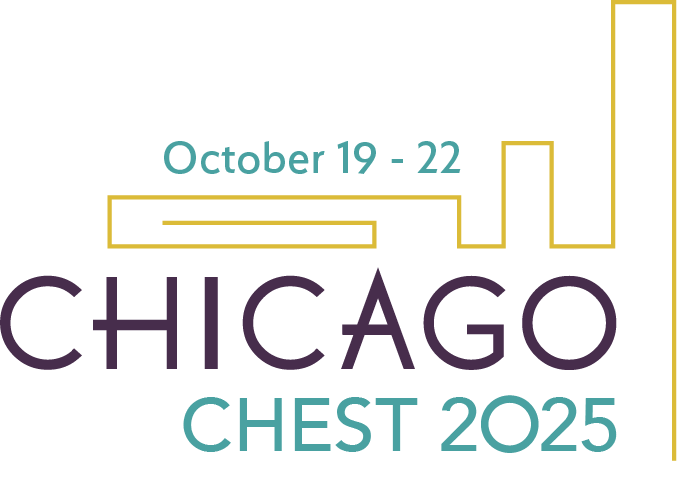Critical Care Network
-
Is there a ‘best’ vasopressor and inotrope combination for shock with RV failure?
Review unique pathophysiologic challenges of RV failure in shock and comparative data on vasopressors and inotropes.
-
Post-intensive care syndrome: Beyond the ICU
As we shift from a survival-focused paradigm to one that embraces recovery and restoration, addressing PICS must become a routine component of ICU care.
-
Considerations for single parents with terminal illness
Clinicians often focus more on what happens in the hospital than on issues beyond the hospital. This article covers the complex end-of-life issues that clinicians should consider for seriously ill patients with minor children.
-
Airway pressure release ventilation: Should it be used in the early stages of ARDS?
APRV has traditionally been viewed as a salvage therapy for patients with ARDS, but recent literature suggests that it can provide better overall lung recruitment with less sedation and more ventilator-free days.
-
Capillary refill time: Advancing perfusion-targeted resuscitation in septic shock
Capillary refill time is a quick, noninvasive tool to assess perfusion and microvascular health in shock. It offers faster feedback than lactate levels and may improve resuscitation outcomes.
-
Viscoelastic testing in sepsis-induced coagulopathy
SIC is a common ICU complication that clinicians are starting to identify in patients earlier through point-of-care viscoelastic testing such as rotational thromboelastometry and thromboelastography.
-
Breathing room: Making space for palliative care in lung transplant programs
Transplant centers should consider additional research into palliative care integration to ultimately benefit the growing population of lung transplant recipients.
-
Striking the right balance: Optimizing mechanical ventilation settings for diaphragm protection
Personalizing mechanical ventilation using noninvasive techniques, like ventilator graphics to monitor patient respiratory effort, offers a practical and effective strategy to prevent diaphragm dysfunction and optimize patient outcomes.
-
The rising use of ketamine for airway management
Ketamine’s unique properties make it valuable for critical care treatments including airway management, sedation, and analgesia.
-
Mechanical power: A missing piece in lung-protective ventilation?
The ARDSNet trial demonstrated the importance of low tidal volume ventilation in patients with ARDS, and we have learned to monitor parameters such as plateau pressure and driving pressure (DP) […]










